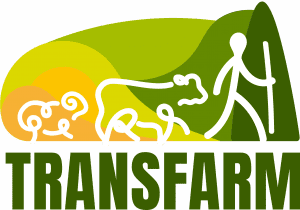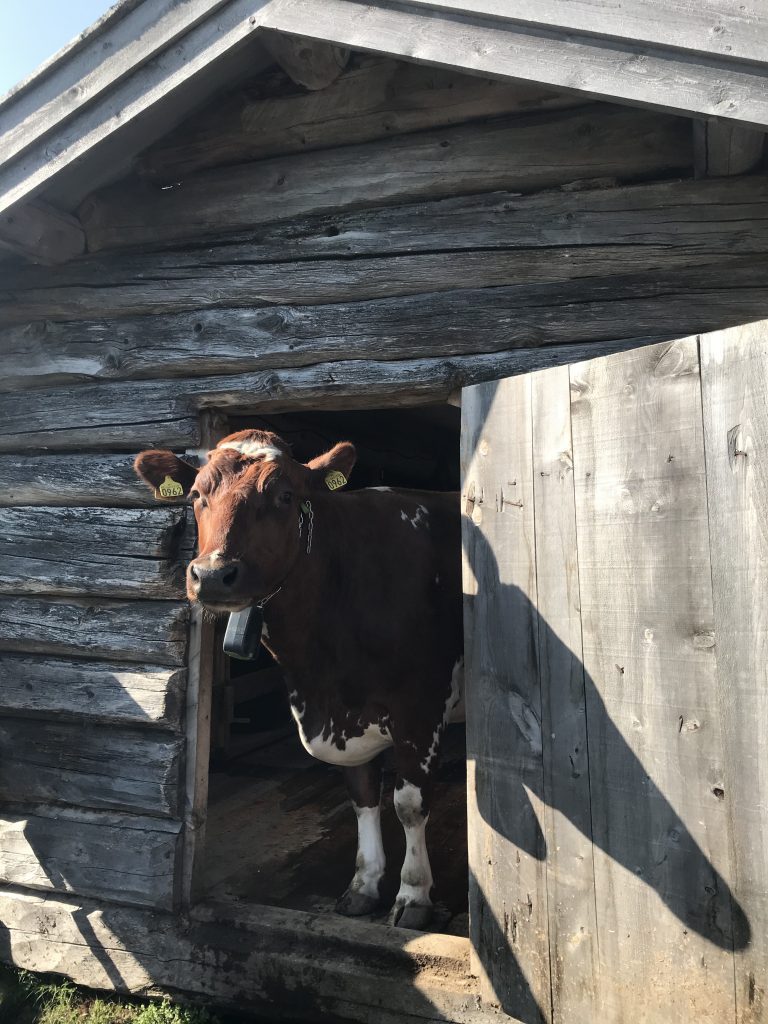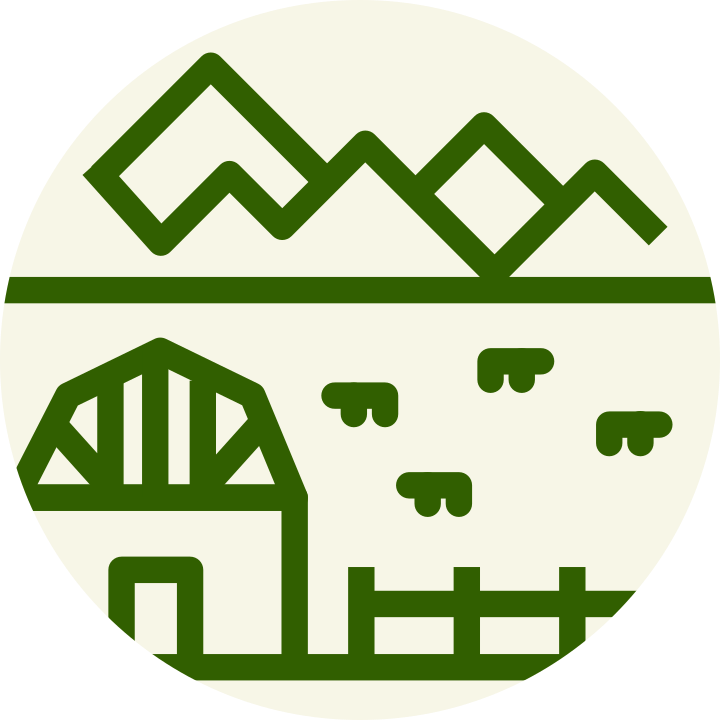This is a case study of a newly restarted seasonal farm located in a forested landscape. Milk processing and food production is the main driver for the practice. All milk is processed at the seasonal farm, and products are sold at the seasonal farm and through the local grocery shop. The dairymaids have chosen to keep the management of the seasonal farm – regarding the amount of equipment used, relatively simple.




